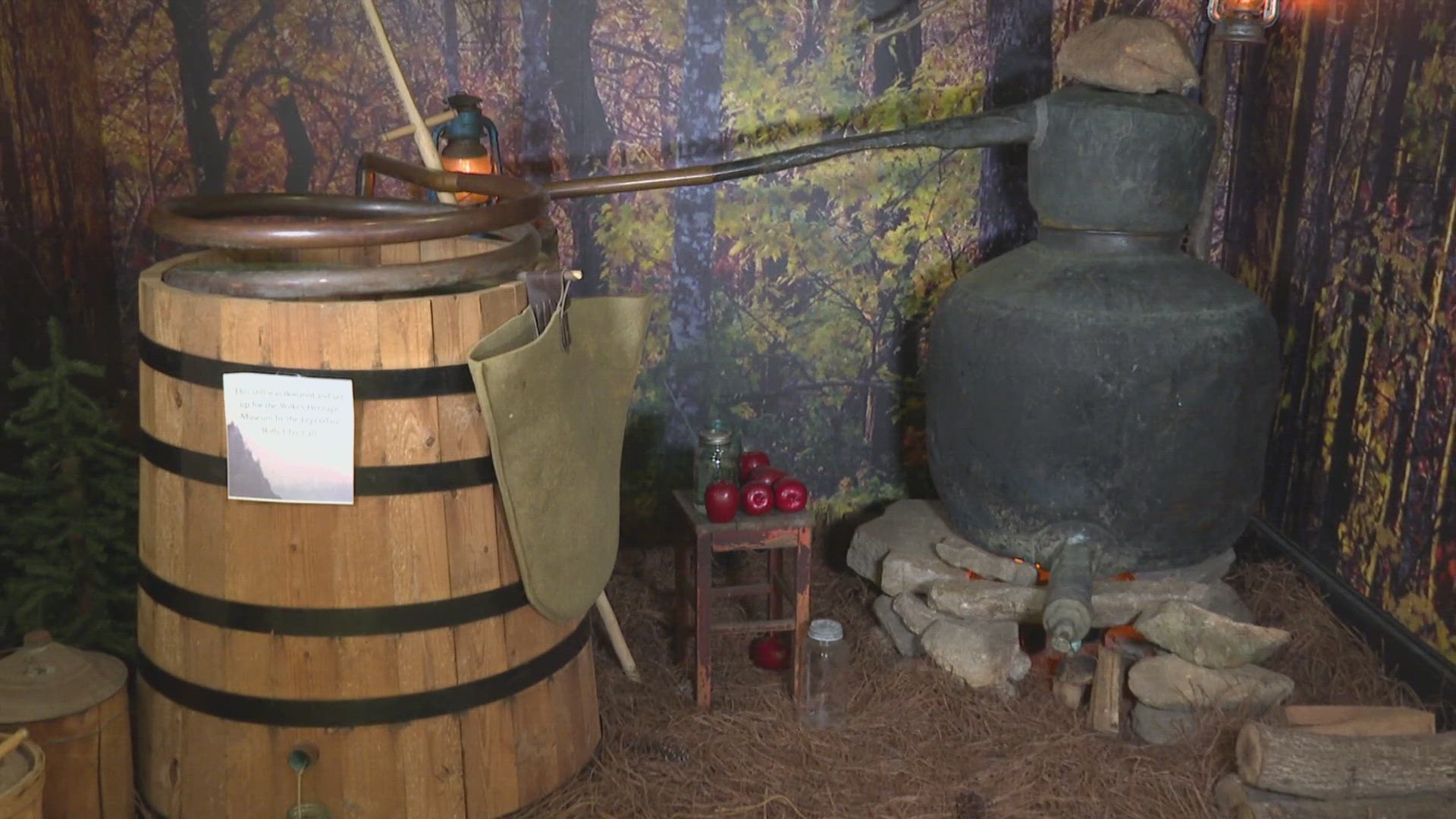Soon after he was born 14 weeks early and weighing just 14.5 ounces, Jason Parker was diagnosed with cerebral palsy. Now, at age 7, he can't walk or talk. Conventional medicine offers Parker little help. But Robert and Judy Hartsoe, the founders of an Ashe County treatment center called Miracle Mountain, have given his family hope. The center uses a hyperbaric oxygen chamber, a machine in which patients receive 100 percent oxygen at higher-than-normal atmospheric pressure. The therapy relieves symptoms of cerebral palsy and other neurological disorders, the Hartsoes told the Winston-Salem Journal. But serious questions exist about whether hyperbaric oxygen therapy works for complex neurological conditions and about the way the treatment is delivered at Miracle Mountain. Hyperbaric oxygen therapy is not an accepted medical treatment for cerebral palsy or other neurological disorders. And Miracle Mountain does not have a doctor on staff or on call, as outside experts say is essential. Some experts, including a Canadian doctor who studied 111 cerebral palsy patients who received hyperbaric oxygen therapy, say that the treatment offers little more than a placebo effect. Other doctors say they are not ready to dismiss the therapy, which has become increasingly popular among parents of cerebral palsy victims, but they caution that much more research needs to be done. Dr. Kurt Klinepeter, an associate professor of pediatrics and the chief of developmental and behavioral pediatrics at Wake Forest University Baptist Medical Center, doesn't take sides in the debate about the effectiveness of the therapy. But he does advise parents to be careful. Hyperbaric oxygen therapy can cause middle-ear damage or even rupture the eardrum. There can also be air leaks that could damage the lungs, Klinepeter said. Patients can have seizures or suffer claustrophobia in the chamber. "There are potential complications. If the therapy is not done correctly, for certain. But even if it is done correctly, there are potential complications," he said. Miracle Mountain, located in the heart of Ashe County, is in a small, unassuming wood-paneled cabin in the Blue Ridge Mountains.The Hartsoes bought a hyperbaric oxygen chamber for about $200,000 from an Internet site and opened the small clinic in April 2000. Since then, they say, they have treated 150 to 200 people. Once every hour and a half, a child crawls or is carried through the small door into the hyperbaric chamber. The patient is covered with blankets and an oxygen hood is placed on his head. The child sits in the chamber for an hour and a half, twice a day. Air pressure is increased during the first 15 minutes, from the normal level of 14.7 pounds per square inch to about 22 pounds per square inch. Once the pressure is increased, oxygen is given for an hour, then the pressure is gradually returned to normal. During the treatment, the children sit still. Most don't seem to quite know what's happening. Parents can go inside the chamber with their child or stay outside. Therapy is expensive. The standard 40-session treatment at Miracle Mountain costs $3,000, and many families make repeat trips to the center. Insurance doesn't cover the therapy, which means most families have to become adept at fund-raising. Hyperbaric oxygen therapy is a highly effective treatment for people who have inhaled carbon monoxide or have decompression sickness, known as the bends. People with body tissue damaged by radiation treatment or diabetic conditions are also often helped by the oxygen treatment, said Dr. Claude Piantadosi, who oversees the hyperbaric chamber at Duke University Medical Center. The Duke chamber, like the ones at other hospitals around the country, is not used for the treatment of neurological problems. Piantadosi said that the oxygen stimulates healing in the disorders for which it is used. The Hartsoes and others argue that the same principle should apply for cerebral palsy: They say the oxygen that the patients inhale stimulates the areas of the brain that have been damaged. But other doctors question whether the treatment can work on such damage, given that it is much older and more complicated than flesh wounds. The federal Centers for Medicaid and Medicare Services, which decides on the procedures and treatments that will be covered by Medicaid and Medicare, sets the standard for what private insurance companies will cover as well. And so far, it has refused to cover the hyperbaric treatment for children with neurological problems. Michael Henderson, a spokesman for CMMS, said that the federal government typically won't cover a procedure if there isn't scientific evidence to back it up. The Hartsoes say that this is because a closed-minded medical community has always been slow to accept anything new. "We have trouble getting neurologists to accept it, to get doctors to accept it," Robert Hartsoe said. "It's only a matter of time before we get doctors and Medicaid and Medicare to accept it."
Parents say hyperbaric oxygen chamber is helping kids
Soon after he was born 14 weeks early and weighing just 14.5 ounces, Jason Parker was diagnosed with cerebral palsy.

